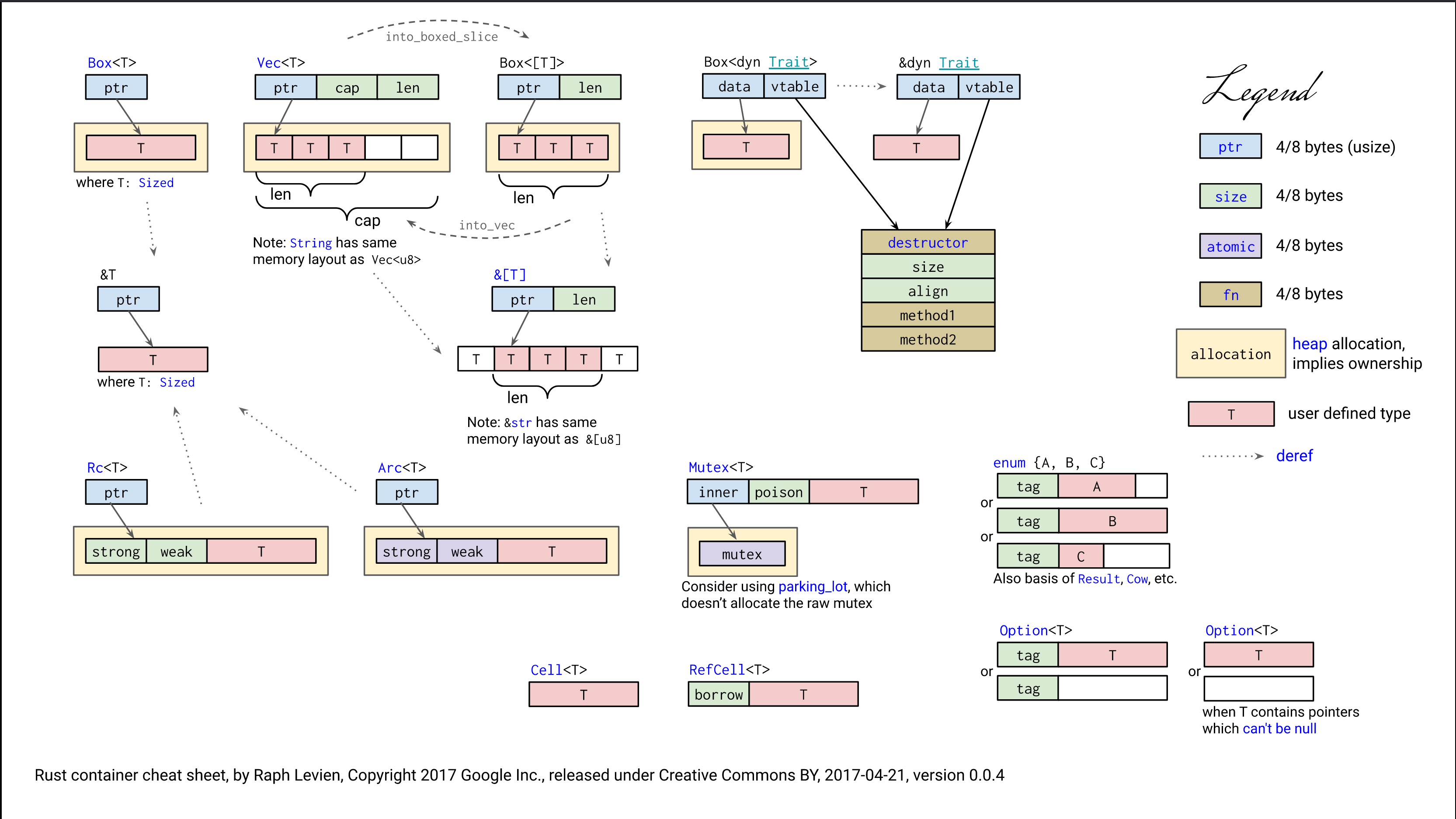It is making the tracking protection part of containers obsolete, this is basically that functionality but built in and default. The containers still let you have multiple cookie jars for the same site, so they are still useful if you have multiple accounts on a site.
snaggen
Container tabs are still useful, as they let you use multiple Cookie jars for the same site. So, it is very easy to have multiple accounts on s site.
Well.... it is true that it doen't have all these crates like Url included in the rust standard library, and hence it is not official. On the other hand Url was created by Mozilla to be used in Firefox, hence it is a quite competent crate that is very well maintained. And my guess is that the http crate may have the same kind of origins... but I'm not entirely sure about that.
And even Java that includes quite a lot, still didn't get a good Http library until very recent, until then you had to rely on some obscure library created by the unknown organization Apache... so...
As a developer you always have to think about what libraries you use, and if you trust them... that goes for pretty much any language.
I used to use IntelliJ Rust as my primary rust IDE, but when they switched to Rust Rover I stopped using it. Not sure why actually, possibly since I used Java with IntelliJ it was already my go to IDE, so using it for Rust was natural. I also guess, that I had nvim with rust-analyzer working, so that was available at my finger tips already. So, I might have switched over anyway... who knows.
Anyway, it is good to see more options available, and I hope it is getting so good that it is worth the money.
No, it is not based on Gnome. It is a full DE environment written in rust.
Not the latest, but one of the biggest improvements was the Ultimate Hacking Keyboard. Now I have programmed the keyboard to have VIM navigation at the keyboard level. The latest was switching to neovim and setting it up properly.
Of course cars would loose if you tried to use it to travel across the Atlantic...
But per mile measurement for flying implies that every mile of a flight is equally dangerous, but the truth I'd that it is most dangerous to start or land, which is a per trip occurrence. The take off and landing is equally dangerous whether you travel a long or short distance in between.
And the question is am I going to die on this trip? And there the real statistics are pretty clear, cars are safer.
Well, what I want to know is "Am I going to die today?". The distance traveled is irrelevant to answer that question. The only reason to add that to the equation is to make air travel look safer.
Per trip is more in line with how people think about danger. Like, am I going to die on this trip?

The problem is that C is a prehistoric language and don't have any of the complex types for example. So, in a modern language you create a String. That string will have a length, and some well defined properties (like encoding and such). With C you have a char * , which is just a pointer to the memory that contains bytes, and hopefully is null terminated. The null termination is defined, but not enforced. Any encoding is whatever the developer had in mind. So the compiler just don't have the information to make any decisions. In rust you know exactly how long something lives, if something try to use it after that, the compiler can tell you. With C, all lifetimes lives in the developers head, and the compiler have no way of knowing. So, all these typing and properties of modern languages, are basically the implementation of your suggestion.